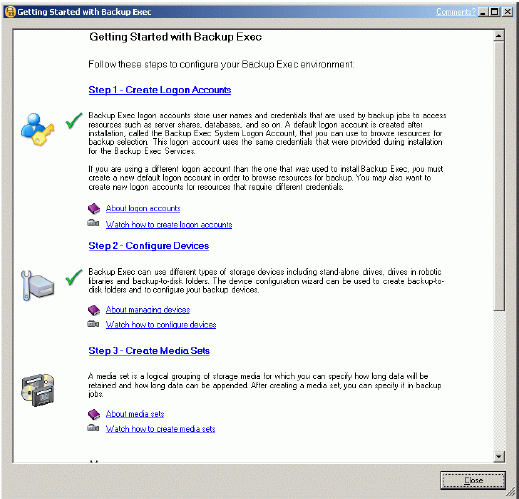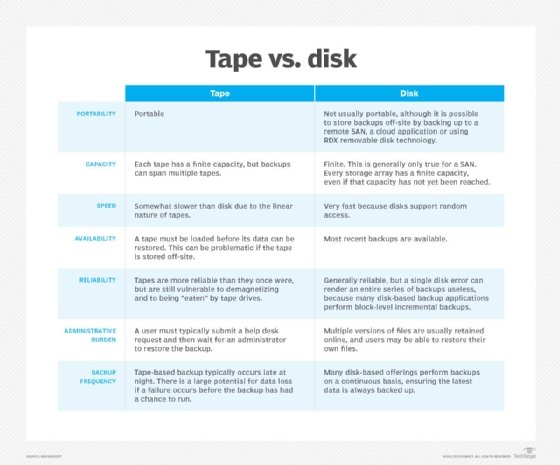

A database with repetitive entries, on the other hand, may allow compression ratios better than 10:1.Ī disadvantageous effect termed shoe-shining occurs during read/write if the data transfer rate falls below the minimum threshold at which the tape drive heads were designed to transfer data to or from a continuously running tape. Some data has little redundancy large video files, for example, already use compression and cannot be compressed further. The compression ratio actually achievable depends on the data being compressed. The true storage capacity is also known as the native capacity or the raw capacity.

However, the drop in disk drive prices made such alternatives obsolete.Īs some data can be compressed to a smaller size than the original files, it has become commonplace when marketing tape drives to state the capacity with the assumption of a 2:1 compression ratio thus a tape with a capacity of 80 GB would be sold as "80/160".
#Tape drives for backup professional
Simple dedicated tape drives, such as the professional DECtape and the home ZX Microdrive and Rotronics Wafadrive, were also designed for inexpensive data storage. Many computers had an interface to store data via an audio tape recorder, typically on Compact Cassettes. In the early days of home computing, floppy and hard disk drives were very expensive.
#Tape drives for backup manual
Tape drives are used with autoloaders and tape libraries which automatically load, unload, and store multiple tapes, increasing the volume of data which can be stored without manual intervention. Tape drives can be connected to a computer with SCSI, Fibre Channel, SATA, USB, FireWire, FICON, or other interfaces.

DECtape had fixed-size indexed blocks that could be rewritten without disturbing other blocks, so DECtape could be used like a slow disk drive.ĭata tape drives may use advanced data integrity techniques such as multilevel forward error correction, shingling, and linear serpentine layout for writing data to tape. Some computer systems ran the operating system on tape drives such as DECtape. In early computer systems, magnetic tape served as the main storage medium because although the drives were expensive, the tapes were inexpensive. As of 2018, capacities of 20 terabytes or higher of uncompressed data per cartridge were available. Magnetic-tape drives with capacities of less than one megabyte were first used for data storage on mainframe computers in the 1950s. For example, as of 2017 Linear Tape-Open (LTO) supports continuous data transfer rates of up to 360 MB/s, a rate comparable to hard disk drives. However, tape drives can stream data very quickly off a tape when the required position has been reached. As a result, tape drives have very large average access times. A disk drive can move to any position on the disk in a few milliseconds, but a tape drive must physically wind tape between reels to read any one particular piece of data. Tape media generally has a favorable unit cost and a long archival stability.Ī tape drive provides sequential access storage, unlike a hard disk drive, which provides direct access storage. Magnetic-tape data storage is typically used for offline, archival data storage. Above, from left to right: DDS-4 tape (20 GB), 112m Data8 tape (2.5 GB), QIC DC-6250 tape (250 MB), and a 3.5" floppy disk (1.44 MB).Ī tape drive is a data storage device that reads and writes data on a magnetic tape.


 0 kommentar(er)
0 kommentar(er)
